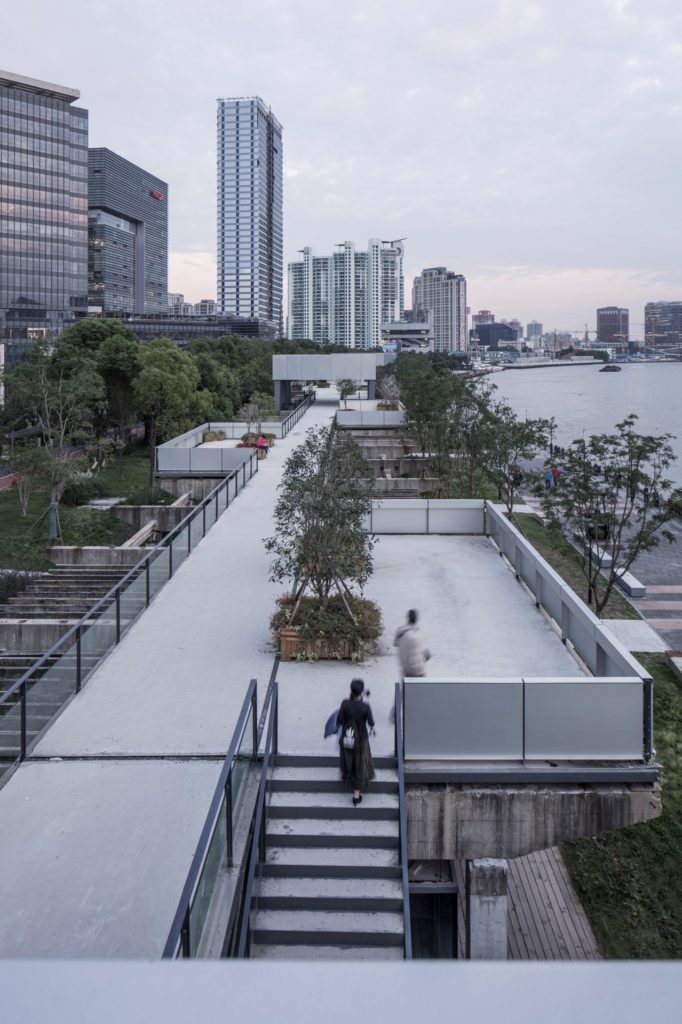How former industrial sites can be enlivened: Common Landscape exhibition of Atelier Deshaus’s projects

6 MARCH 2023 – China is a country that has experienced rapid urbanisation since the 1990s, with residential settlements often displacing industrial facilities that have grown out of relevance.
Many such ‘relics’ are seen as waste and faces the possibility of demolition—an act that releases massive amounts of carbon to the atmosphere.
But there is a gentler and less carbon-intensive approach that can be taken to enliven the old structures: converting and reinterpreting them with new functions that are relevant for today’s urban fabric, without destroying the historical reminders.
Such strategies of minimal interventions upon abandoned industrial buildings will be the focus of the exhibition titled Common Landscape: Re-Cultivating Industrial Sites, which will feature projects by Shanghai-based Atelier Deshaus. Opening on Friday, 31 March 2023, the exhibition will be held at the venue of Aedes Architecture Forum in Berlin.
The projects in the exhibition will illustrate Atelier Deshaus’s practice with a focus on the conversions along Shanghai’s Huangpu River, an important water trade route.
The common thread
Major cultural buildings were created by repurposing former coal ports, such as the internationally awarded Long Museum, the Modern Art Museum, the associated Riverside Walkways, and the Riverside Passage. Large and small projects will be on display: the 80,000-ton Silos Art Centre, which was a former grain warehouse; and Atelier Deshaus’s office with a neighbouring tea house.


Other new buildings that pay close attention to their context will also be on view: the Contemporary Art Museum in Taizhou, built in an area of former warehouses; and Upper Cloister, which is located in the mountainous landscape within sight of the Great Wall halfway between Beijing and Chengde.
For the architects, the continuation of the existing is more important than a new beginning. What the projects have in common is that the architects are careful with what they find, whether it is a picturesque landscape or the harsh legacy of industry. The respectful upgrading of the existing also aims to preserve local landscapes with their micro-ecosystems, which supports the diversity of the metropolis’s ecology.
Read related stories below:
FuturArc 3Q 2022: Green Awards | Reinterpretation

Creative reinterpretations of historic colonial-era buildings

The ‘borrowed sceneries’ of neighbouring materials in Japan

Day to night: Rejuvenating Clarke Quay with a Green rating update
